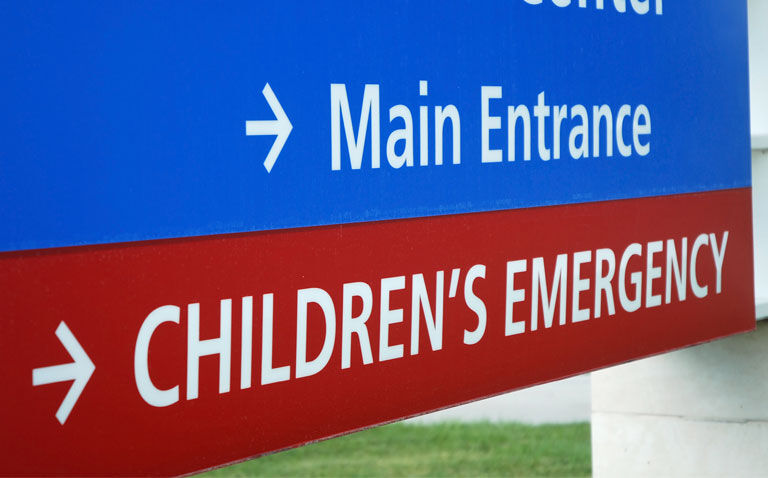Reducing child poverty between 2024 and 2033 would significantly improve child health and health inequalities, as well as reducing pressure on NHS secondary care services, a study has suggested.
Researchers from the University of Glasgow highlighted how meeting hypothetical future child poverty targets would cut infant deaths, reduce the number of children in care and decrease hospital admissions for children.
Reducing childhood poverty would particularly benefit children’s health in the most deprived regions, such as the North East, and would likely have beneficial knock-on effects on local authorities and health services, they said.
The findings, published in the Journal of Epidemiology & Community Health, demonstrate the importance of renewed policy efforts to reduce child poverty.
Child poverty is a crucial determinant of population health and health inequalities and is significantly influenced by Government policy. Experiencing childhood poverty is associated with worse outcomes across a wide range of early years health indicators, and the relationship is often causal. The impact of the Covid-19 pandemic and the ongoing cost-of-living crisis has heightened concerns about rising levels of child poverty in the UK.
Using local authority data, combined with published and newly created estimates of the association between childhood poverty and infant mortality, the researchers modelled the effects of different levels of child poverty reduction scenarios on population health and health inequalities in England between 2024 and 2033.
Four indicators of childhood poverty were measured in children under 16 years of age, including infant mortality per 1,000, the number of children in care, those hospitalised for nutritional anaemia and hospital admissions for all-cause emergencies.
The poverty indicators were modelled against three child poverty reduction scenarios between 2024 and 2033. These included low-ambition (15% reduction), medium-ambition (25% reduction) and high-ambition (35% reduction) and were compared with a baseline childhood poverty scenario (15% increase).
The impacts were assessed at national and regional levels to understand how different areas and social strata are affected and how health inequalities occur. Child poverty was defined as the proportion of children under 16 living in families with an income below 60% of the contemporary national average.
Improving child health, reducing pressure
All three projected scenarios were shown to significantly improve child health, with the more ambitious targets corresponding to more significant benefits. The benefits associated with the high-ambition target were found to be approximately twice as large as the benefits of the low-ambition target across all four outcomes.
Meeting the high ambition target would be expected to cut the total number of infant deaths by 293, children entering care by 4,696, hospital admissions for nutritional anaemia by 458, and childhood emergency admissions by 32,650 over the next decade.
In comparison, the low ambition target would result in 155 fewer infant deaths, 2,483 fewer children entering care, 242 fewer hospital admissions for nutritional anaemia, and 17,266 fewer childhood emergency admissions.
The improvements would be higher in areas most affected by childhood poverty, the researchers found. In the North East of England, the total number of infant deaths would be projected to fall by 126, compared with a fall of 71 in the least deprived between 2024 and 2033.
The researchers suggested that Government policies should directly tackle childhood poverty to improve childhood health and health inequality. For example, removing the two-child limit on child benefits and targeted income supplementation, such as the Child Tax Credit, alongside other measures to improve early years services.
‘These reductions [in child poverty] would likely translate into significant savings for and relieve pressure on health services,’ the researchers said. ’We highlight that if policymakers were to set and achieve child poverty targets for England, this would likely improve child health, particularly among the most socioeconomically disadvantaged, and “level up“ regional inequalities. Other health impacts we have not been able to quantify are also likely.’
A version of this article was originally published by our sister publication Nursing in Practice.










